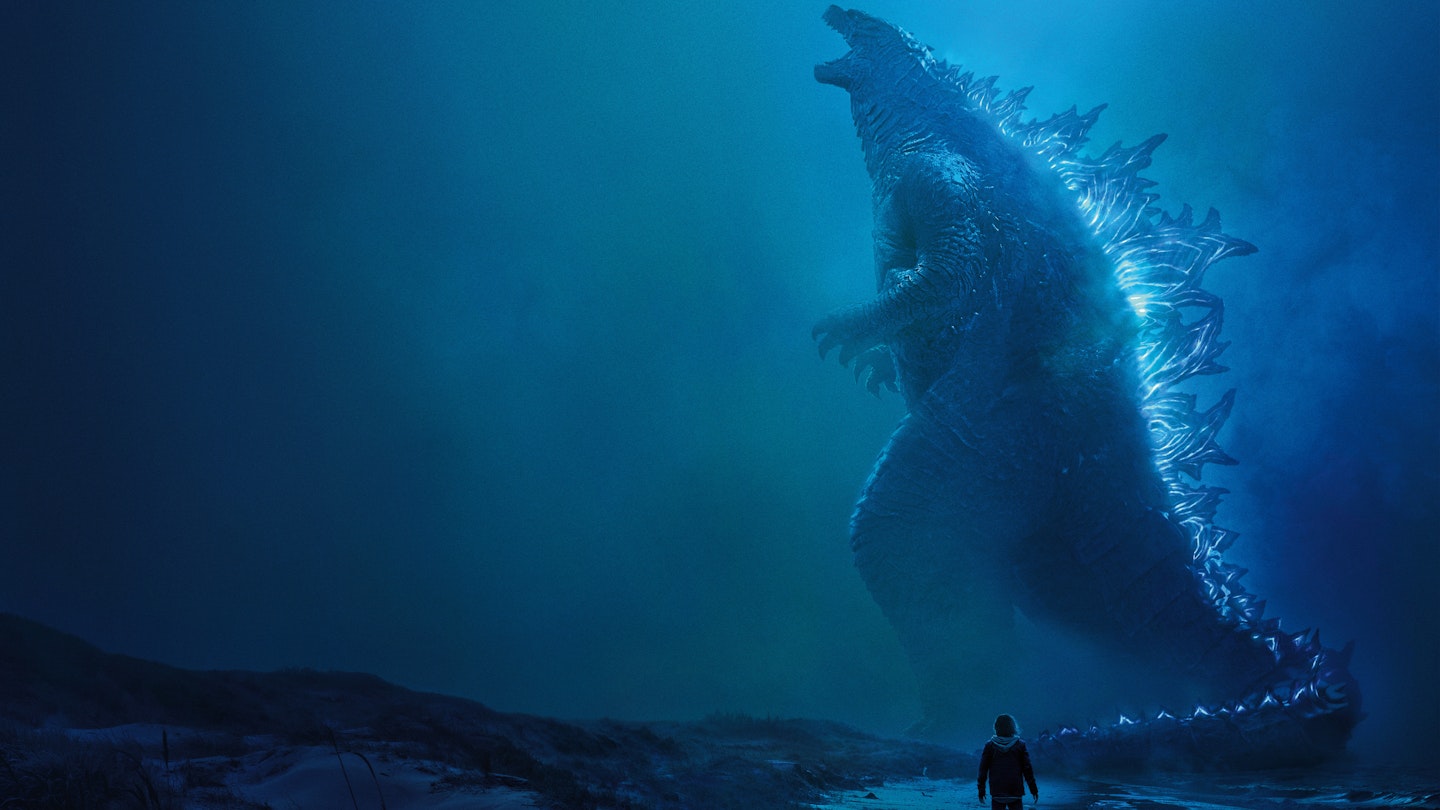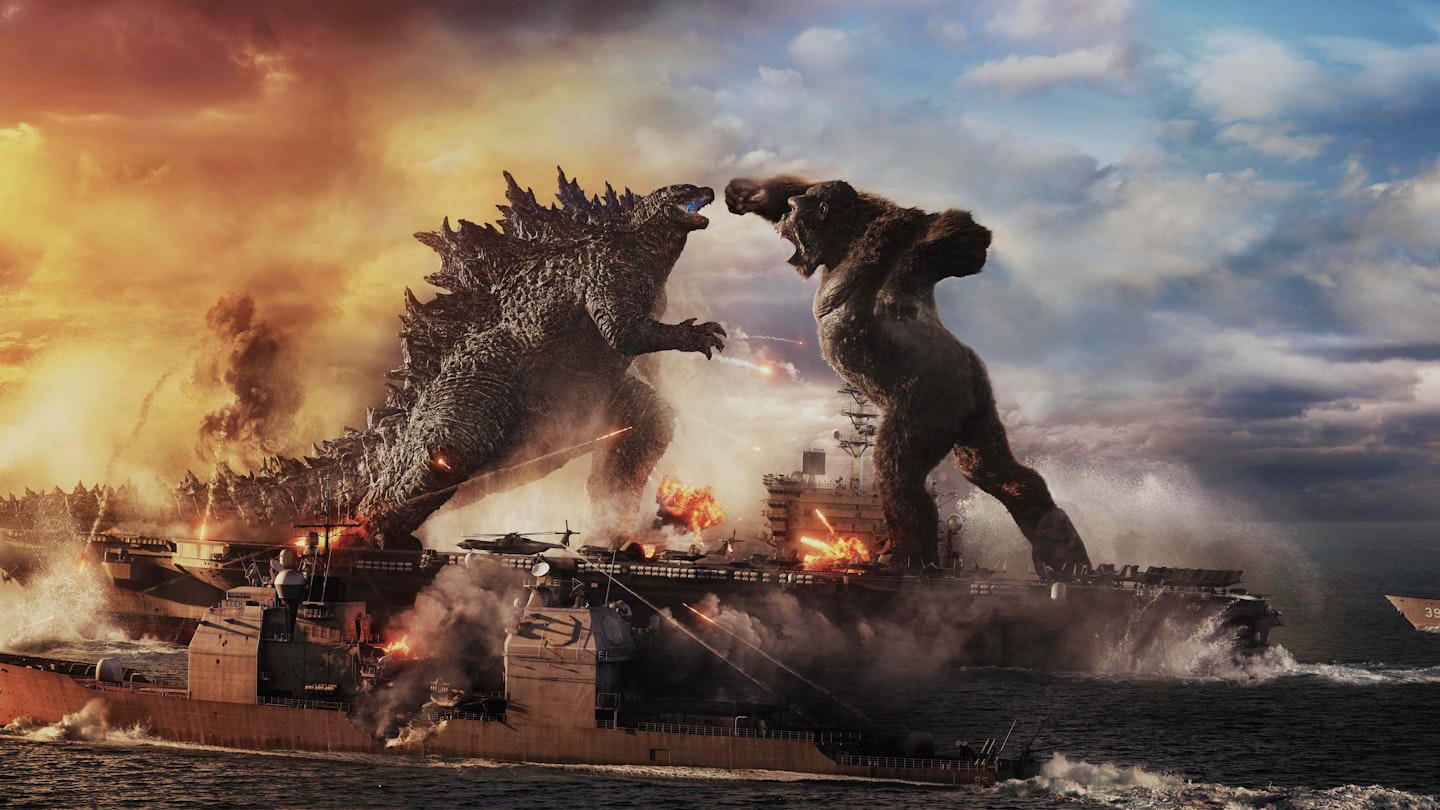There’s a tale from the set of Kong: Skull Island that goes like this: faced with imagining the giant ape the audience would see standing in front of him, Samuel L. Jackson asked three questions. “How big is it? How fast is it? What it do?”
What it does and how fast it is will be familiar to anyone who’s seen the beast on screen before. It wrestles similarly huge creatures, has a strained relationship with man (mostly man’s fault) and is far quicker than any human (so it’s best not to get caught at the back of a fleeing group). But that question of size? That’s where things have changed.
When the beasties are doing battle, the film flies.
This is the second film in Legendary Entertainment’s MonsterVerse, following Gareth Edwards’ Godzilla, and the plan eventually is to have the two creatures face off. And 25 feet of ape (size taken from the Peter Jackson version, other heights are available) isn’t going to last long against 350 feet of nuclear-powered Japanese lizard, no matter how angry he is. As a result, while still noticeably smaller than Godzilla at 104 feet, this is the biggest Kong has ever been on screen. He’s also the best thing in this hit-and-miss adventure. Fur and sinew moving naturally, he feels tangible — as though he really is swatting helicopters out of the sky or taking a moment to admire the Southern Lights. He’s also got greater depth to his personality than most of the humans.

Close behind Kong are the rest of the creatures. Spiders, stick insects and squid (all giant varieties) call the island home, and are on hand to terrorise the new arrivals. But most frightening of all are the Skullcrawlers — giant, bipedal lizards who killed Kong’s family and, given the chance, would wipe out all human life on the island. Their skeletal heads may look like the Maitlands’ first pointy-faced attempts at being scary in Beetlejuice, but they’re no less effective once you’ve put that to the back of your mind. And when all these beasties are doing battle, that’s when the film flies.
But we do have to address the humans. A fair number head out to Skull Island, with many of the faceless ones dying in the initial battle with Kong — he taking none too kindly to them dropping seismic charges (bombs, basically) on his home. Of the survivors, few make much impact. The leads are lumbered with dull characters introduced with leaden dialogue — Brie Larson’s photographer Mason Weaver is asked within moments of her first appearing, “Why do you want a gig documenting a mapping mission when you’re up for the cover of Time?” It’s about as subtle as the thud of a giant ape stamping on you.
Perhaps it’s a coincidence, but it’s the two actors with a prominent middle initial who leave the biggest impression. (OK, it definitely is a coincidence.) John C. Reilly’s marooned World War II soldier adds much-needed levity, although he does feel like he’s in a different film to everyone else. So it’s left to Samuel L. Jackson — all bulging eyes and Ezekiel 25:17 intensity as vengeful Lieutenant Colonel Preston Packard — to keep the energy high when the monsters are elsewhere.
Two films in to the MonsterVerse and it’s been a mixed start — both Godzilla and Kong: Skull Island fumbling the human characters, but nailing the kaiju. There’s potential, it’s just yet to be fully realised. Of the two, Kong is the more entertaining film, so we’re moving in the right direction. Next up: Godzilla: King Of Monsters in 2019. Lessons learned here, perhaps that can be the film that finally nails it.
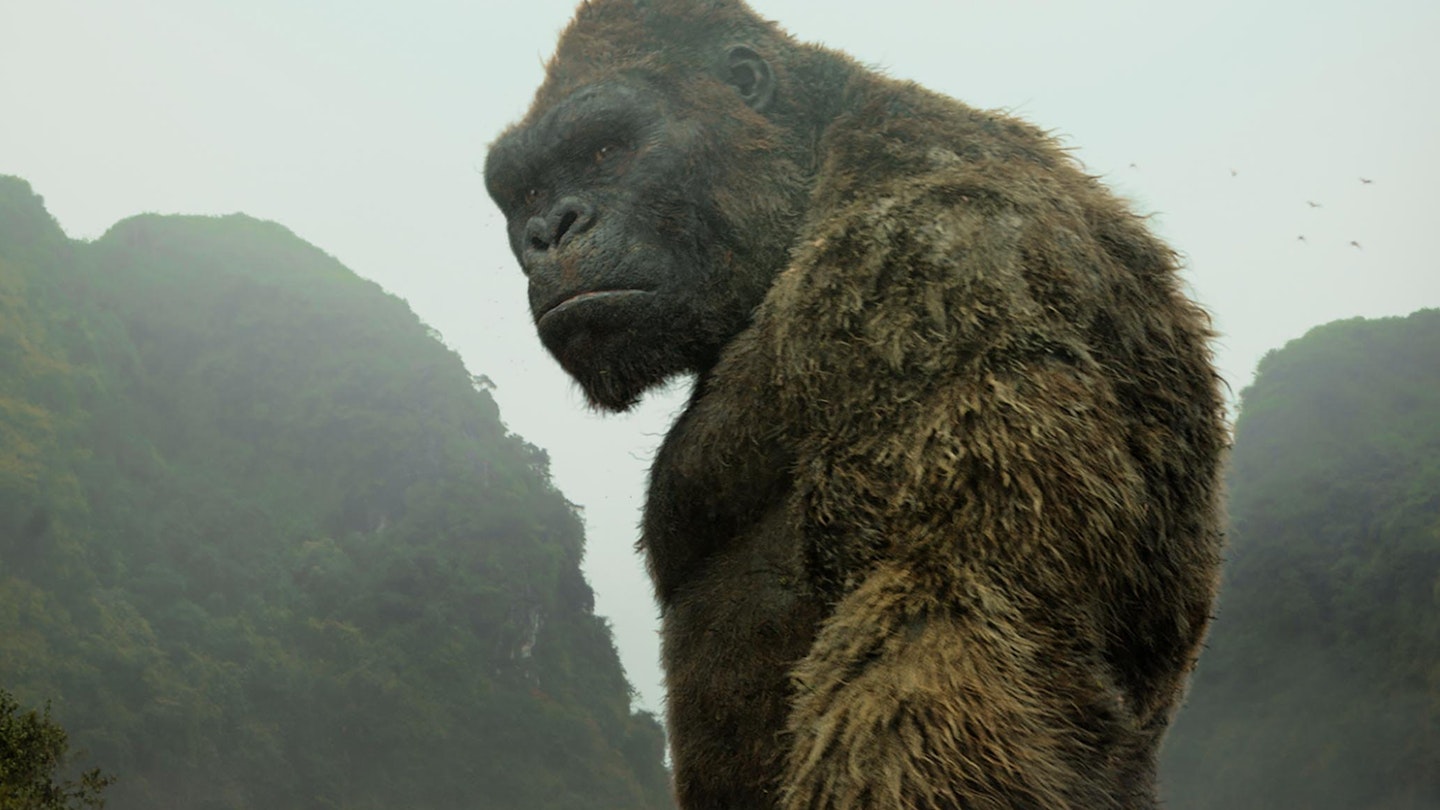
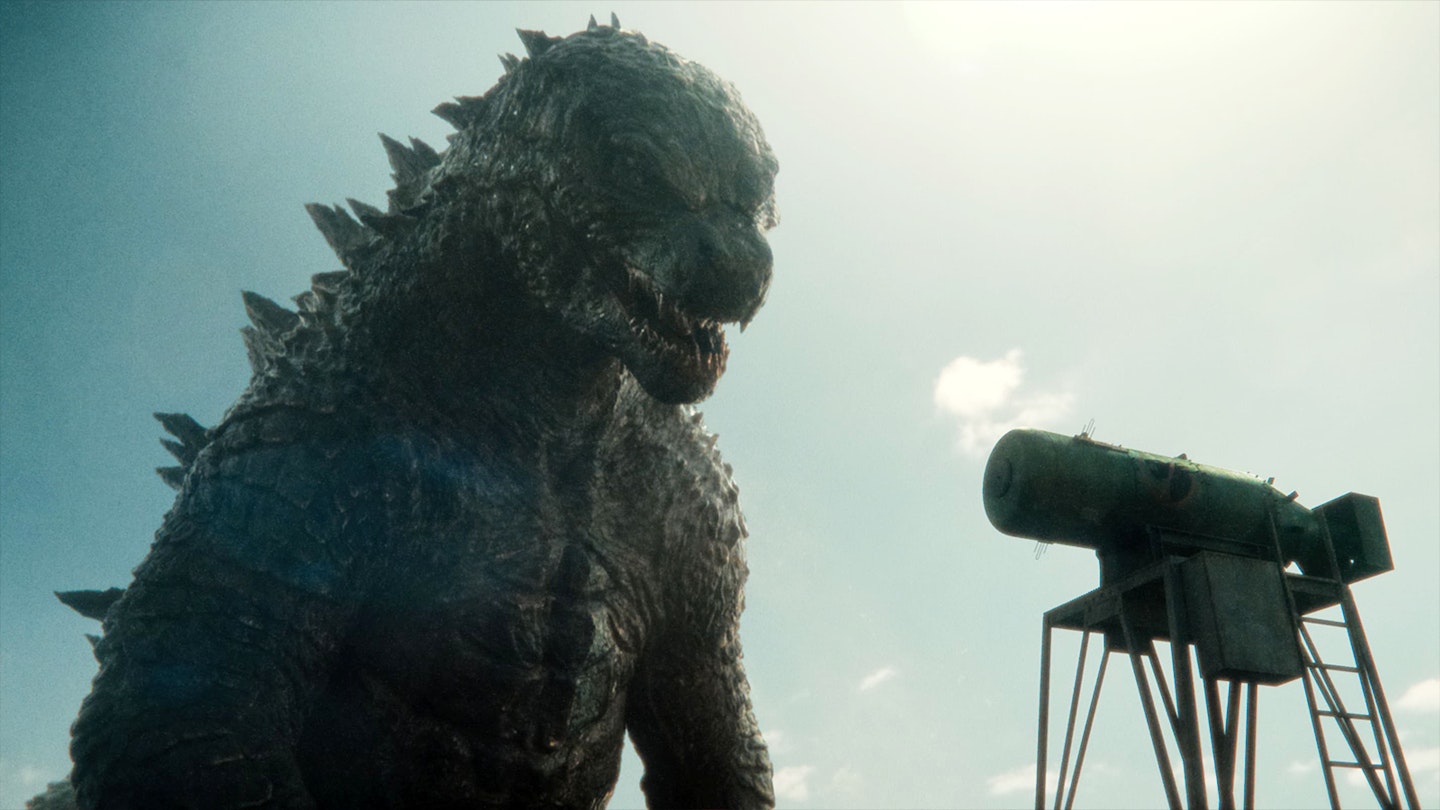
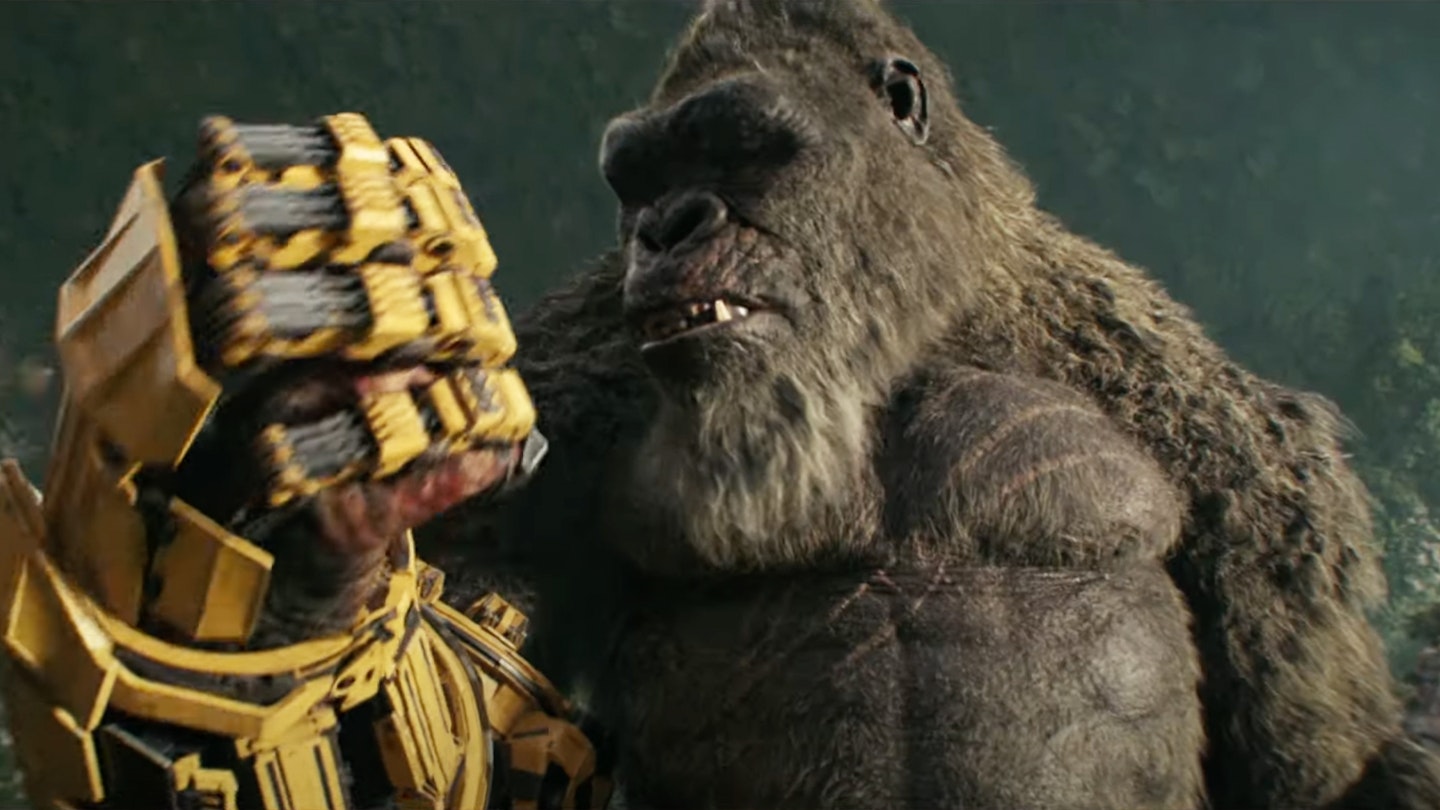
.png?ar=16%3A9&fit=crop&crop=top&auto=format&w=1440&q=80)

